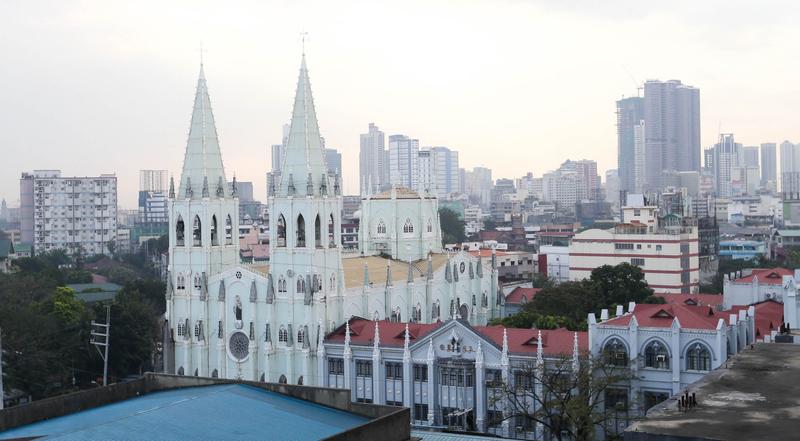 This undated file photo shows Manila’s San Sebastian Basilica under threat from an upcoming high-rise condominium next door. (PHOTO PROVIDED TO CHINA DAILY)
This undated file photo shows Manila’s San Sebastian Basilica under threat from an upcoming high-rise condominium next door. (PHOTO PROVIDED TO CHINA DAILY)
Right behind San Sebastian Basilica, one of Manila’s most revered churches, a high-rise condominium is under construction, triggering a conflict between developers and conservationists. The unsavoury development also threatens to derail the Philippines’ bid to have the monument listed as a World Heritage Site and preserve the country’s heritage value.
In some other ASEAN nations, like Thailand or Cambodia, which prioritized their tourism agenda to propel economic growth, activists are fighting a losing battle against developers for heritage preservation.
“The impact of this is the commodification of natural and cultural heritage with the results in the loss of authenticity, and sometimes irreversible damage not just to nature but also culture,” said Johannes Widodo, Professor at the National University of Singapore and a senior adviser to the Southeast Asian Cultural Heritage Alliance (SEACHA).
But through a combination of grass-root NGOs, interest groups, a wave of new youth thinking and lifestyle, some silver-linings have started to appear on the horizon which could shape the transformation of old and new cities in the years to come.
Not least, heritage and culture will be offered as among solutions to climate change – a dimension that will be featured in the upcoming COP28, according to Catrini Pratihari Kubontubuh, President, Indonesian Heritage Trust and current chair of SEACHA.
The pressure on heritage sites, subject to bulldozing by developers for high-rise residences, hotels and other commercial structures in cities, are enormous “as we are in the urban world already”, said Leo Horn-Phathanothai, Head of the UK office, World Resources Institute based in Thailand
Johannes and Catrini were joined by Ivan Henares, Head of the Heritage Conservation Society of Philippines and a SEACHA director; and Leo Horn-Phathanothai, Head of the UK office, World Resources Institute based in Thailand, in a discussion with Asia News Network, along with Khoo Salma Nasution, Vice-President, Penang Heritage Trust, Malaysia and also a SEACHA director.
They were in Bangkok for a SEACHA conference on “Cultural Wisdom for Climate Change Action: The Southeast Asian Contribution” hosted by The Siam Society.
SEACHA was formed with NGOs from ASEAN countries as an alliance to help empower voices from the ground and help ASEAN governments address key heritage issues through clinics, programs, workshops and conferences.
One example of this is The Siam Society’s campaign to convince the authorities to broaden an outdated official framework for heritage, which still focuses mostly on old buildings and religious and royal architecture.
“Let’s protect everyday architecture like shophouses and farm houses as well as other vintage architecture: railway stations, civil buildings, early modern and mid-modern structures. The list goes on and on,” Society President Bilaibhan Sampatsiri wrote in an op-ed piece last year.
ALSO READ: A paradox to the world we live
The pressure on heritage sites, subject to bulldozing by developers for high-rise residences, hotels and other commercial structures in cities, are enormous “as we are in the urban world already”, said Leo.
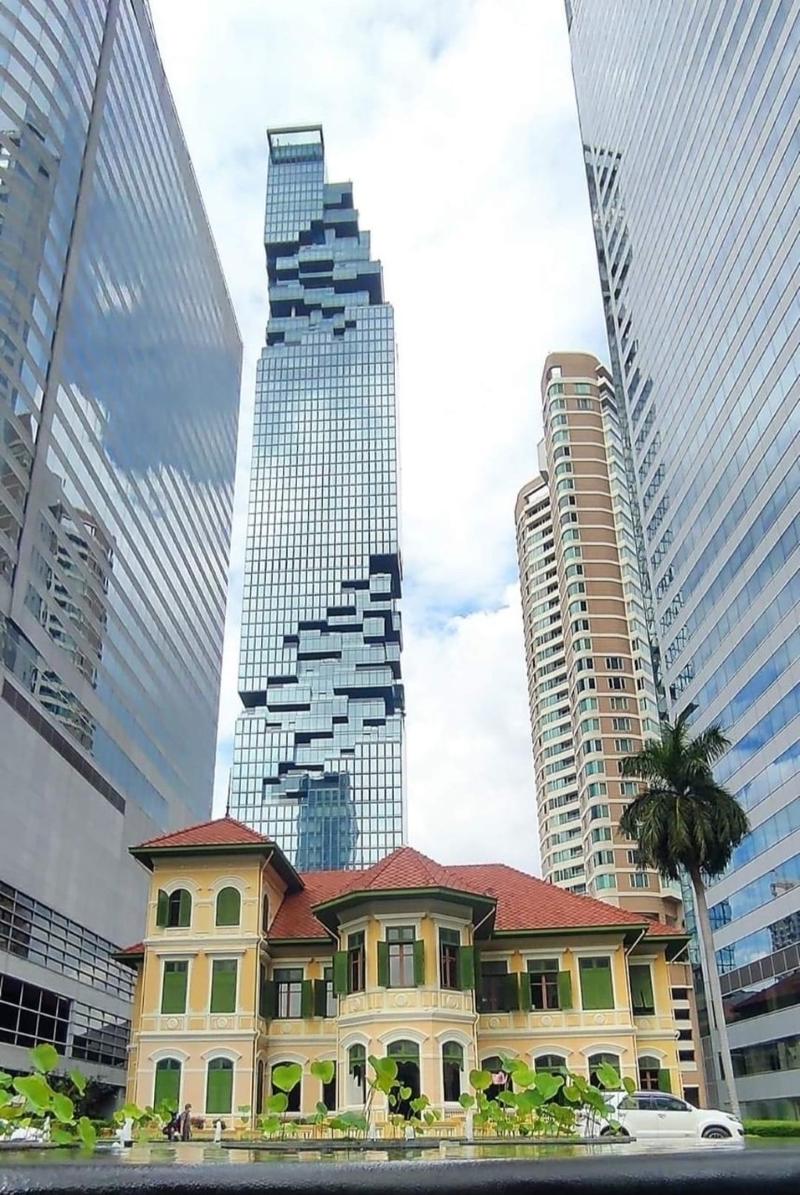 This undated file photo shows a heritage house in the Sathorn business district of Bangkok. (PHOTO PROVIDED TO CHINA DAILY)
This undated file photo shows a heritage house in the Sathorn business district of Bangkok. (PHOTO PROVIDED TO CHINA DAILY)
With the majority of the world’s population living in cities since 2007-2008, an additional 2.45 billion people are expected to join them by 2050, 90 percent of whom are forecast to be in Asia and Africa.
For Henares from the Philippines, “It isn’t that we are talking about preserving heritage buildings so that we can make them into museums or freeze landscapes in the areas, but rather to use them to create vibrant communities that are economically sustainable in the sense that heritage will attract investment into these areas.”
Heritage buildings have enormous social, historical, cultural values. It tells stories, it supports social memories in the sense of belonging. They are important to strengthen urban identity and national identity. They also create attractive focal point in the city. Just like an urban park, it increases property value around it so do historic buildings.
Khoo Salma Nasution, Vice-President of Penang Heritage Trust, Malaysia
But he lamented that developers in the Philippines were motivated by short-term profit. They don’t see the value of these heritage structures.
Malaysia’s Nasution underscored the need to understand the value of historic buildings in the urban setting from the environmental, social and planning perspectives.
“Heritage buildings have enormous social, historical, cultural values. It tells stories, it supports social memories in the sense of belonging. They are important to strengthen urban identity and national identity. They also create attractive focal point in the city. Just like an urban park, it increases property value around it so do historic buildings,” she said.
Historic areas also often have narrower streets which are better suited for walking, cycling, public transport, and slower traffic flows. They are not suitable for high-rises with many floors of car parking which draws a lot of car traffic into the city.
“Historic buildings represent embodied carbon which means it is a low carbon strategy to conserve. It can be stored into a home, refurbished a café or restaurant or retrofitted for a modern office or gallery or any other purpose,” added Nasution.
Johannes noted further that while ASEAN “is quite progressive in terms of making money” most countries are way behind the scheduled targets for 2030 in implementing the UN 17 Social Development Goals in terms of poverty eradication, education, and especially cultural development.
Leo expressed concern that although “sustainability” has seemingly made grounds in recent years, the term has been co-opted by interests that are “hell bent on continuing unsustainable practices … in an effort to greenwash these continued activities”.
ALSO READ: Yanbian to host Northeast Asian cultural week
Sustainability, he said, is all about long-term thinking and planning. “What it means on a societal level is there needs to be societal conversation about what is that desirable future we want to be striving towards.”
“Conversation which is not just informed by but enriched by cultural heritage. I would go further to say that culture is a medium that we should have that conversation…Culture to this is simply ‘How we do things here’.”
How it is done and sustainability is perhaps best demonstrated by Singapore, the richest among ASEAN members. Johannes highlighted Singapore’s “can do spirit”, “walk the talk” spirit, and when “we talk about sustainability, then it directly translates into ‘carbon neutrality’.
Singapore, by 2030, wants to achieve carbon neutrality though its green plans.
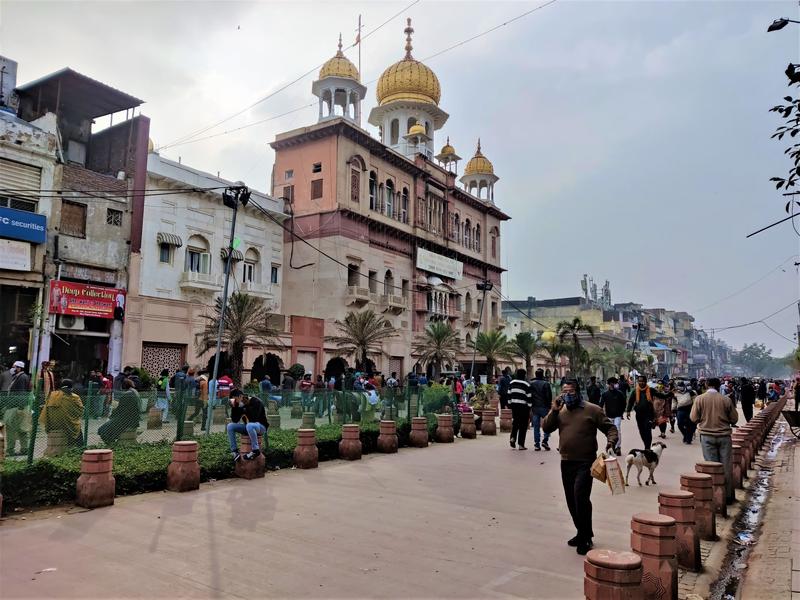 This undated file photo shows Old Delhi’s Chandni Chowk, with pedestrianization helping to bring down pollution. (PHOTO PROVIDED TO CHINA DAILY)
This undated file photo shows Old Delhi’s Chandni Chowk, with pedestrianization helping to bring down pollution. (PHOTO PROVIDED TO CHINA DAILY)
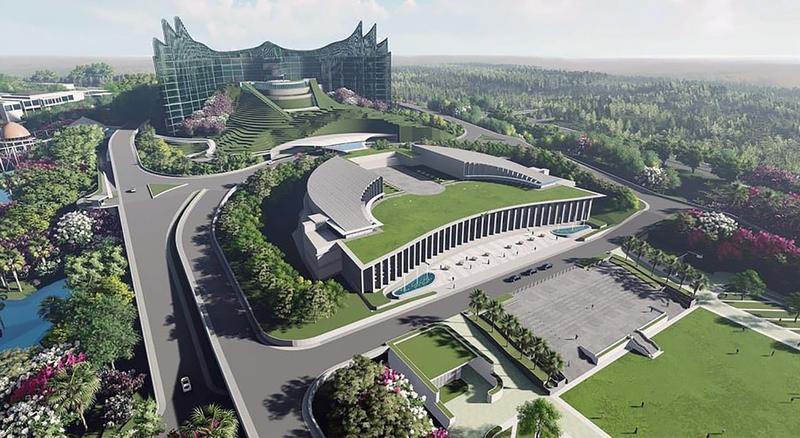 This undated file photo shows the architectural impression of the new Indonesian capital in East Borneo. (PHOTO PROVIDED TO CHINA DAILY)
This undated file photo shows the architectural impression of the new Indonesian capital in East Borneo. (PHOTO PROVIDED TO CHINA DAILY)
Conservation in Singapore is understood as not being about nostalgia but about carbon neutrality, said Johannes Widodo, Professor at the National University of Singapore and a senior adviser to the Southeast Asian Cultural Heritage Alliance (SEACHA). It is defined to have value and translate into incentives for carbon trading. This provides the possibility of greater Gross Floor Area and prevents the demolishing of old structures as in the case of Golden Mile Complex
In terms of buildings, he said his office — the School of Design and Environment at the NUS — is Singapore’s first net zero-energy building. “It is not rocket science, not smart technology … it is common sense, funicular architecture. The design itself is based on the still house traditional architecture but it is translated into modern language.”
Conservation in Singapore is understood as not being about nostalgia but about carbon neutrality, he said. It is defined to have value and translate into incentives for carbon trading. This provides the possibility of greater Gross Floor Area and prevents the demolishing of old structures as in the case of Golden Mile Complex.
“This pragmatism and ‘walk the talk’ is not just about theory and policy but about letting the industry, the entire eco-system, do something, start the change,” said Johannes.
Last but not least, he suggested the prevailing freedom of expression with growing activities and influences of advocacy groups that “the government listen to”.
ALSO READ: Striving for harmony
“The government can be very bold, can be very strong, as we need strong leadership. But we also need to have a wise government that is able to listen to voices from the ground.”
All very well, suggested Henares who highlighted multiple challenges on heritage preservation facing the Philippines. Politics is one of them with city mayors facing elections every three years, leaving little room for long-term thinking.
Politics may also put in jeopardy the new Indonesian capital Nusantara in Kilamantan. Catrini welcomed the idea that the new capital could become a forest city with local tribal heritage dimension integrated into its design. But will President Joko Widodo’s successor in two years’ time abide by the concept?
While money is seen as important in helping preserve heritage, as demonstrated by the stunning results achieved by the likes of Japan, France and Italy, Leo stressed that this is not to say that people and countries should think and go for growth first and pay for cultural heritage later.
Cultural heritage, he said, is inseparable to the development journey and there is a premium on early action to preserve cultural heritage because with the pattern that we see in history it has been at odds with and places great pressure on cultural assets.
“If you don’t prioritize it early on, there will be little of it to preserve because a lot of it would have been lost through economic development.”
Some optimism ahead
Catrini and Johannes pin their hopes on the current and future generations of youth to see through the heritage agenda. “More and more young architects have the self-confidence to bring up uniqueness in our traditional architectures,” Catrini said, whether it is related to the tropical or even earthquake environments.
The integration of philosophy and the intangible culture in modern designs would help the sustainability of cities, she stressed.
Youth empowerment to better manage heritage for the future is not just a responsibility but a sense of ownership of planet Earth, said Johannes.
He saw opportunities especially for young people and young organizations in small towns in Southeast Asia. They are social media influencers in culture, for example, Laos, Cambodia and Indonesia. They organize popular activities, such a cycling with embedded cultural mapping, which can be translated into heritage management input for local governments.
Cycling and walking are also being deployed to help regenerate cities and preserve the heritage. Leo cited the work of his organization’s involvement with the Turkish city of Istanbul on the historic peninsula to 300 pedestrianized streets in partnership with guilds, architects, local authorities, businesses, and communities.
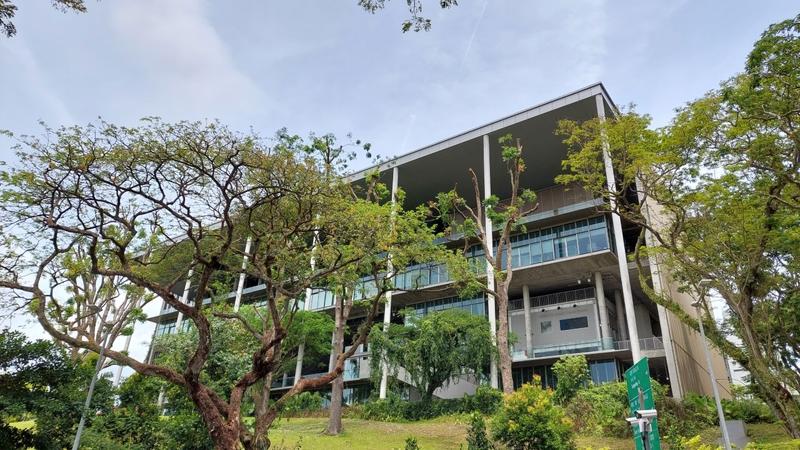 This undated file photo shows Singapore’s first net zero-energy building School of Design and Environment at National University of Singapore. (PHOTO PROVIDED TO CHINA DAILY)
This undated file photo shows Singapore’s first net zero-energy building School of Design and Environment at National University of Singapore. (PHOTO PROVIDED TO CHINA DAILY)
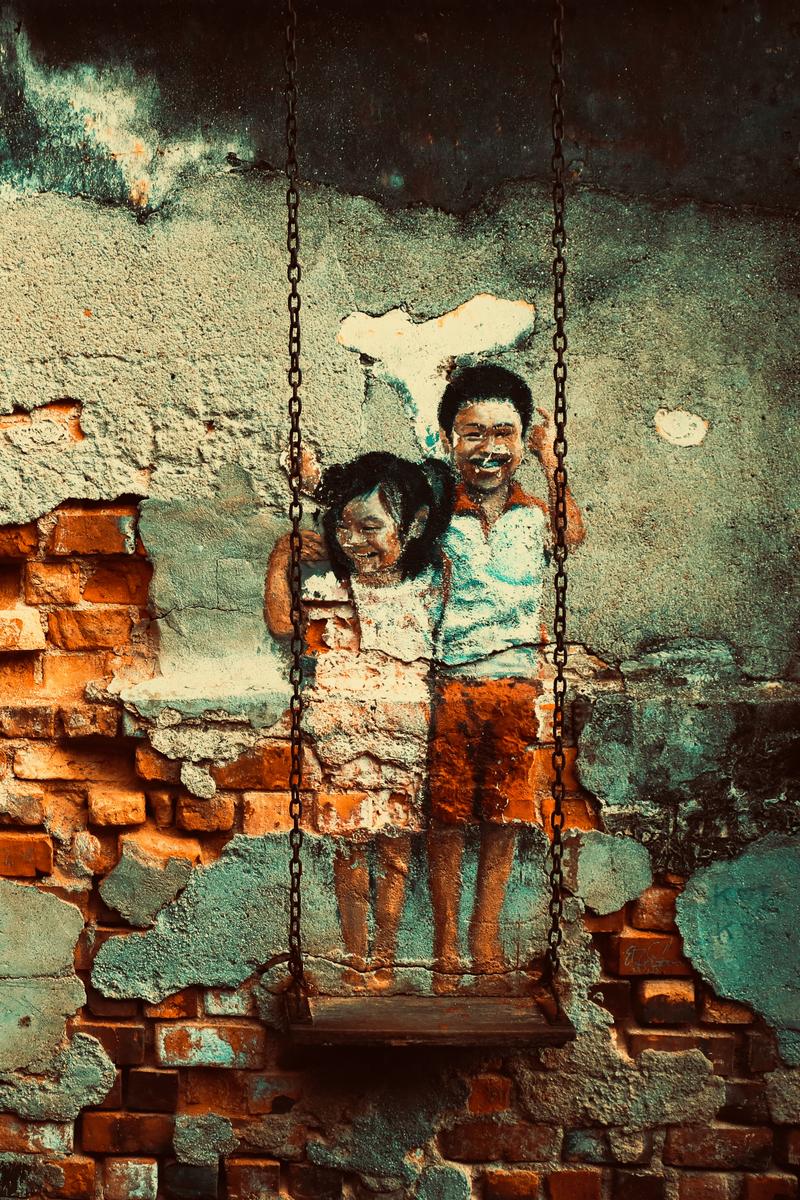 This undated file photo shows a combination of heritage and art in Georgetown, Malaysia. (PHOTO PROVIDED TO CHINA DAILY)
This undated file photo shows a combination of heritage and art in Georgetown, Malaysia. (PHOTO PROVIDED TO CHINA DAILY)
Johannes saw opportunities especially for young people and young organizations in small towns in SE Asia. They are social media influencers in culture, for example, Laos, Cambodia and Indonesia. They organize popular activities, such a cycling with embedded cultural mapping, which can be translated into heritage management input for local governments
“Today it has a traffic of about 2.5 million people walking every day on streets that were previously unwalkable, or you did so at your own risk…Today they are a thriving thoroughfare for economic and cultural activities,” he said, adding that a similar project is also underway in the old Delhi’s Chandni Chowk, near the Mughal-era Red Fort.
Bangkok, he said, should strive towards such an aim, shifting from car-centric to people-centric development. “Make it enjoyable, pleasant, and safe.”
Johannes shared his optimism through his belief that heritage is part of ASEAN’s DNA. “Like, in Thailand, if the flood comes your answer is sanook, let’s play with water..when tsunami destroyed Aceh in 2006, the mosques were still there … so there is a hope.”
“We don’t cling to the material world but we believe in the spiritual world … our intangible cultural heritage is more permanent and consistent. While tangible, physical forms are semi-permanent or non-permanent. This belief makes me optimistic.”
Henares suggested the need to create greater awareness of cultural heritage in the ASEAN community, as ”we have taken it for granted because we see it every day”.
READ MORE: Treasuring the past
“When we rebrand and reconfigure that it is your cultural heritage and you need to preserve it, protect it … there is a lot indigenous knowledge that can be used in combating climate change and needs to be highlighted and strengthen our heritage and this is our way of facing the challenges of tomorrow.”
Catrini said: “Heritage is really our root in the South-East and Asian countries as well. All the daily lives and all the things learnt by the ancestors about how to conserve nature, how to have a balanced and harmonious life with the environment is already there. We didn’t know the philosophy behind it. Rediscover and make better use of it for a better world.”
Leo is “hopeful rather than optimistic”.
“We have a lot to work with and have everything to play for. It is a matter of choice. We need to engage and make it happen. There’s a lot that Asia can bring to the table. I see communities across the region asking the same questions, engaging in the same conversation, engaging new stakeholders,” he said.


